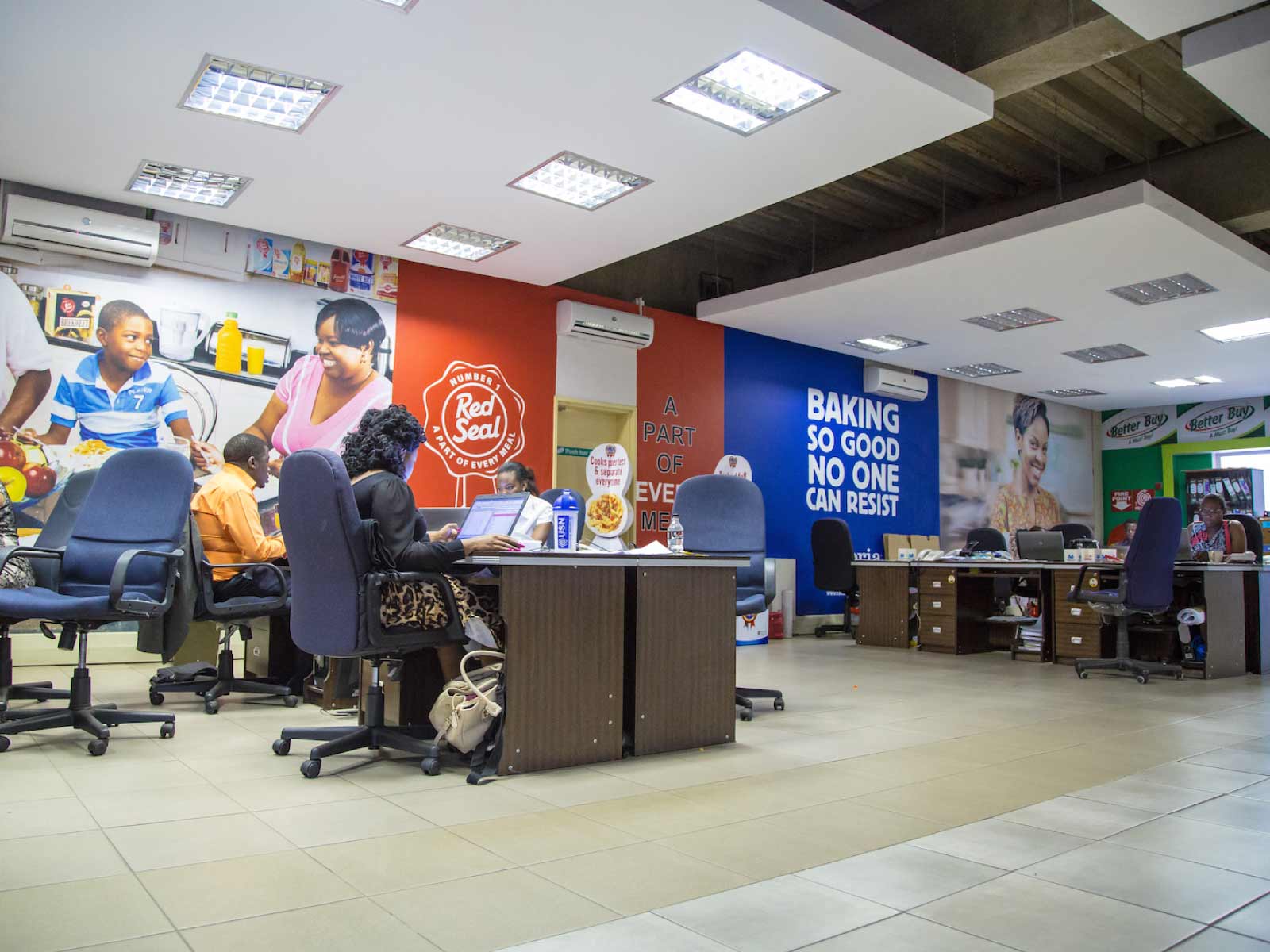Agro-industrial firm to support contract farming
Agro-industrial firm, National Foods (NatFoods) has further pledged its commitment to support contract farming as it purchased close to 30 000 tonnes of maize and 7 000 tonnes of soya grown in the summer cropping season under the scheme.
The group’s contract scheme is managed by its unit Paperhole Investments (PHI) Commodities which is responsible for the production of crops such as maize, soya beans and sorghum.
The company also procures grain from local farmers as well as imports to cover domestic shortfalls.
The group chairman, Mr Todd Moyo reported in the financial results for the year ended 30 June 2023 that National Foods continues to keenly support contract farming of various cereal crops, principally maize, soya beans and wheat.
“The group acts as the largest off-taker to the PHI/A Growth contract farming scheme, and during the recently ended summer harvest, around 30 000 tons of maize and 7 000 tons of soya grown under the scheme were purchased.
“In terms of the current winter wheat crop, the PHI/A Growth contracted farmers have planted 6 500 hectares, with harvesting of this crop expected to commence soon,” Mr Moyo.
In line with Government policy under the National Development Strategy 1 (NDS1) and more specifically, the Agriculture and Food Systems Strategy, Natfoods also aims to increase production from both the contract farming and corporate farming divisions.
NatFoods operations span from flour and maize milling business, prepacking and the sale of dry groceries.
The group is also involved in the manufacturing of stock feeds.
In the period under review, volumes were 553 000 tonnes, three percent below last year, mainly due to volume losses in the flour unit, on the back of significantly higher global grain prices which dampened consumption.
The group said besides some transient challenges in maize, the volume outcome in all other units was positive.
Revenue increased by 21,7 percent to US$343 million.
Average selling prices increased from US$495 per ton to US$621 per tonne year on year driven by the substantially higher raw material costs.
“Our strategy was to minimise price increases and maintain demand and hence the full extent of raw material inflation was not passed on to the consumer, resulting in gross margin dollars being flat year on year, in spite of the much higher revenue. Operating costs increased by US$3,8 million compared to last year, driven in the main by salary increases at factory floor level, power costs and IMTT.”
Operating profit before interest, equity accounted earnings and tax for the year was US$23,4 million, 16,5 percent below last year due to our strategy to moderate price increases and the higher operating costs.
Mr Moyo added that profit after tax for the year at US$7,53 million was 39 percent below last year.
“Whilst this was a disappointing result, our key strategic objectives of moderating the impact of commodity prices on the consumer was achieved and our products continue to hold strong positions in the market.
“The group’s statement of financial position remains in a healthy state. In a financially challenging year there were notable improvements in the management of working capital, and the release of US$13,1 million of working capital was the main contributor to excellent free cash flow generation of US$ 20,9 million.”
Image taken from Shutterstock
He noted that the free cash was largely used to fund expansion projects, where US$17,9 million was deployed.
He noted that while the financial results for the year were disappointing from a profitability standpoint, there was significant and exciting progress in terms of the group’s new product portfolio.
“The year ahead will see the commissioning of the new biscuit and pasta lines, and landing these products in the hearts and minds of the consumer will be a key priority in the year ahead. The second phase of the breakfast cereal facility was commissioned during the year, and so far the new products have been well received by consumers.
“The core commodity business units are showing signs of steady recovery with the normalisation in commodity prices, and our management teams will continue to focus on operating efficiencies and product quality in these units.”-chronicle










